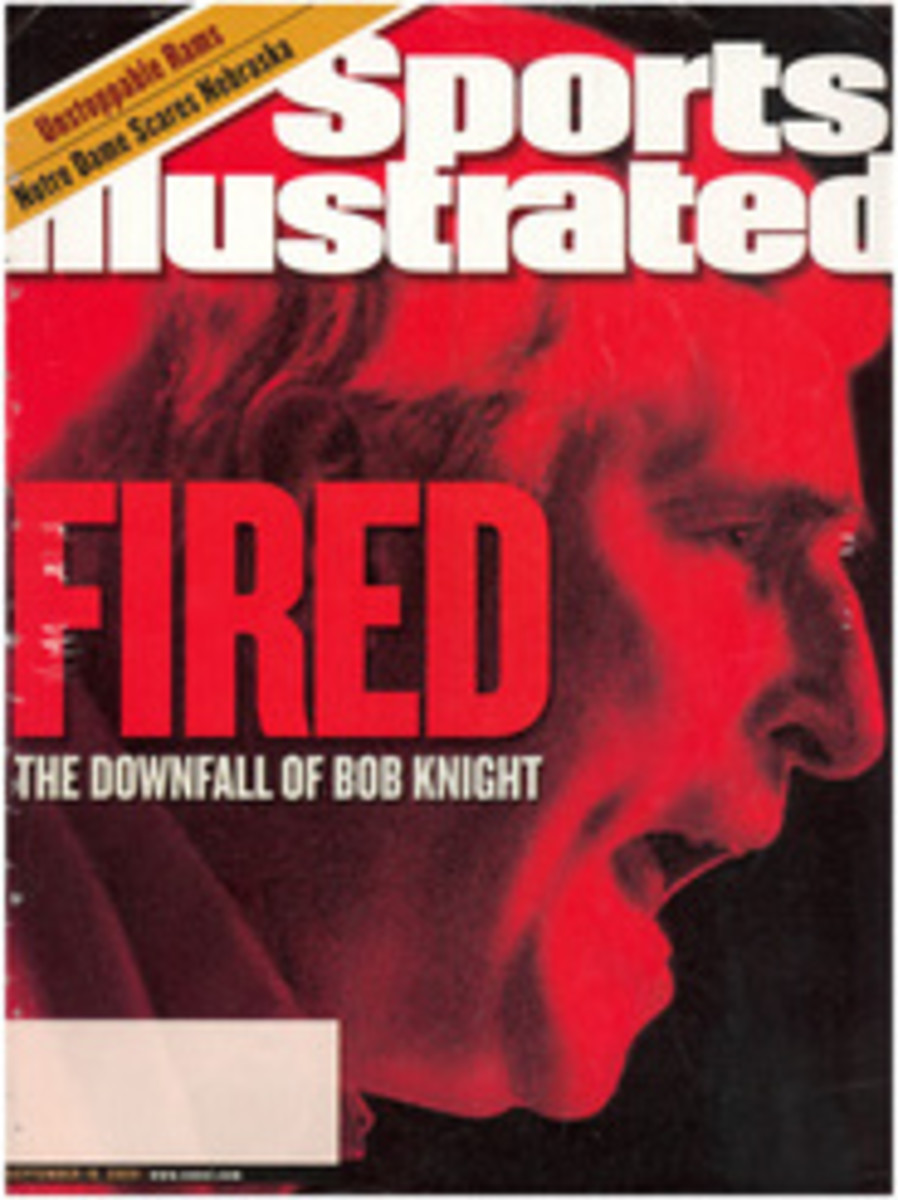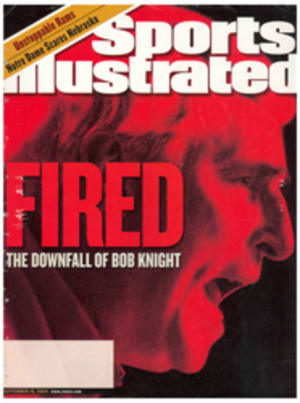
My Shot I've been around wooden drivers my entire life, and I'm here to tell you they're history
Dear Michael Bamberger,
We've known each other for years, and I'm well aware of your
great love of the game and its history. However, your recent
article about an alleged comeback of persimmon woods (Golf Plus,
Aug. 28) was a double bogey. Persimmon is better than metal?
C'mon, Mike, is there something in the water up there?
I grew up playing and building wooden drivers, so I'm well aware
of their advantages. A perfectly built persimmon wood can be
more forgiving than a metal wood on off-center hits, and the
feel of good wood is unrivaled. But there are several reasons
that wood has been replaced by metal in drivers and fairway
woods, and why wood will never--I repeat, never--make a
comeback. Persimmon is a natural material, and blocks of
persimmon that make good clubs are few and far between. That's
why finding backup or replacement woods used to be such a chore
and why you see so many gorgeous unmarked wooden drivers sitting
around. The clubs are still beautiful today because they're
unhittable.
Today's longer shafts and bigger-clubhead-design features, which
help most players hit the ball farther, have also sent wooden
clubs to the graveyard. The average shaft length on a men's
driver used to be 43 inches, while the shaft weighed 120 grams
and the wooden clubhead 205 grams. Today a shaft for a
metal-headed driver ranges from 43 1/2 inches to 46 inches,
shafts weigh between 40 and 120 grams, and head weights are
between 185 and 210 grams.
The problem with wood is not its performance. Tiger Woods could
hit the ball as far with persimmon as he does with steel. But
I've made enough good-looking wooden drivers that turned out to
be duds to know that when it comes to producing great clubs in
volume, metal is without peer. Sorry, Mike, but wood is history.
Barney Adams, a five handicapper, is the CEO of Adams Golf.
Faces
COLOR PHOTO: WILLIAM SNYDER

